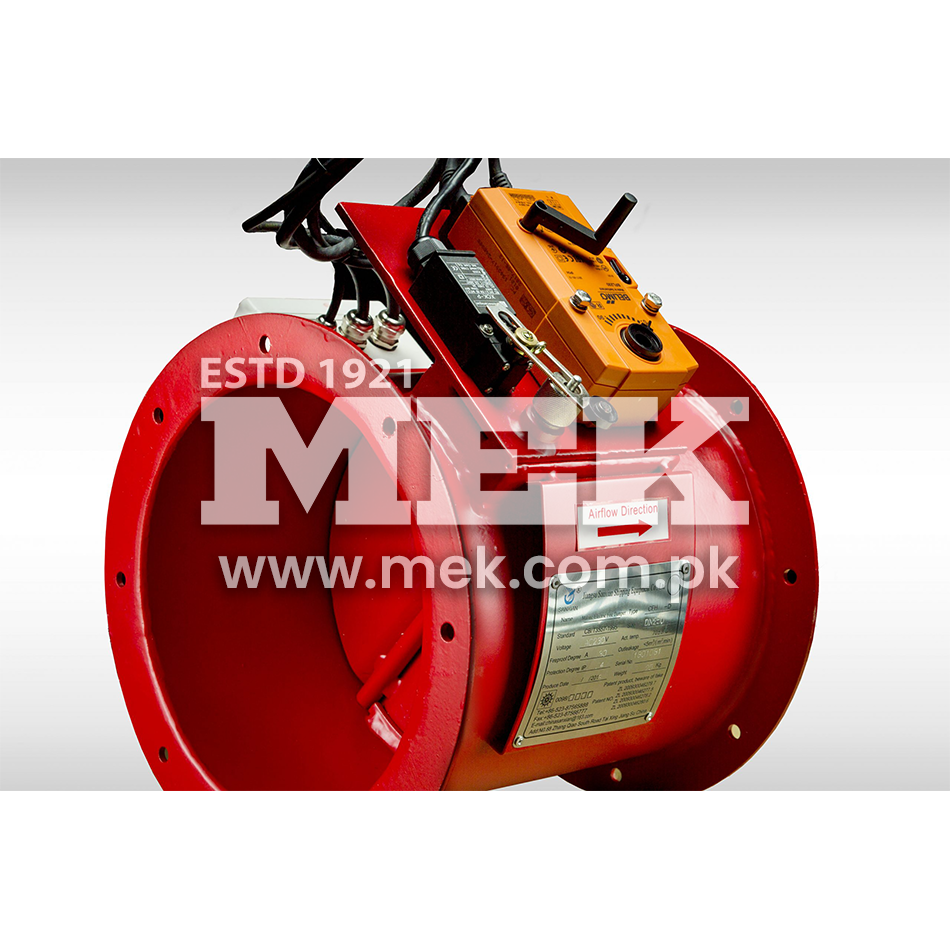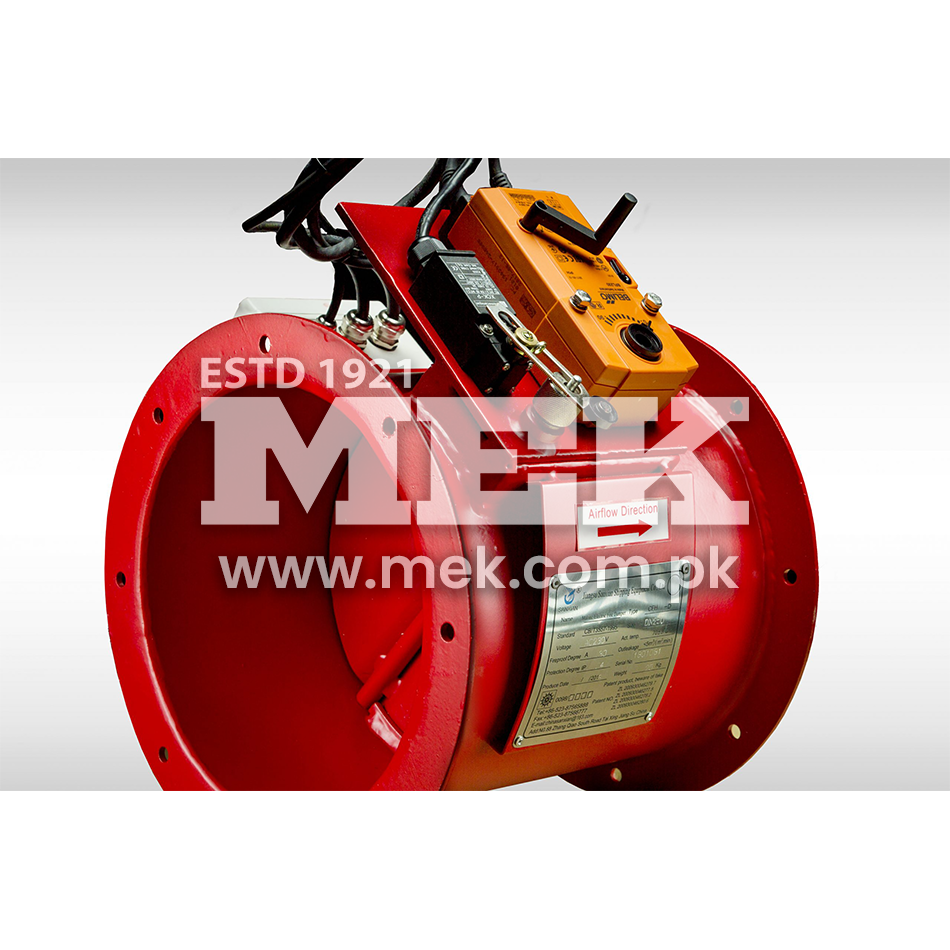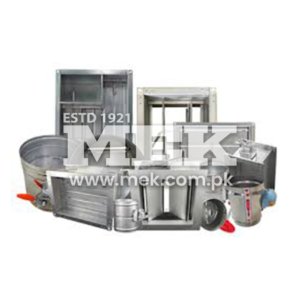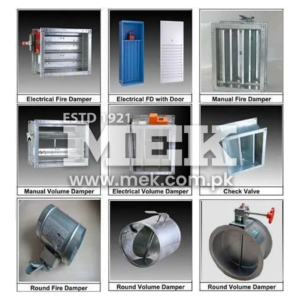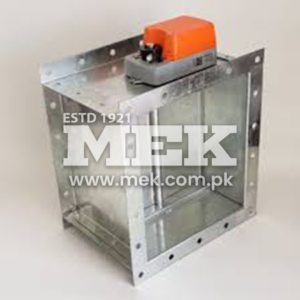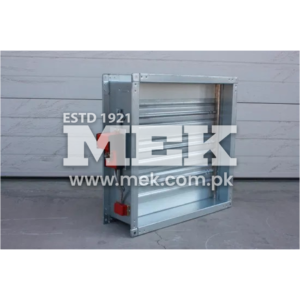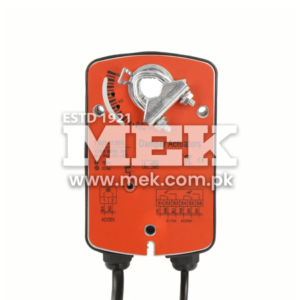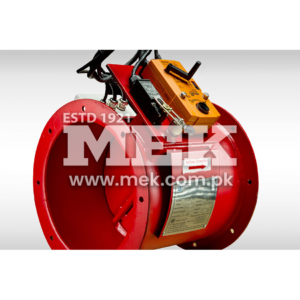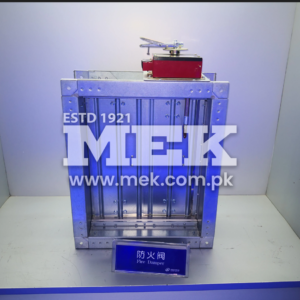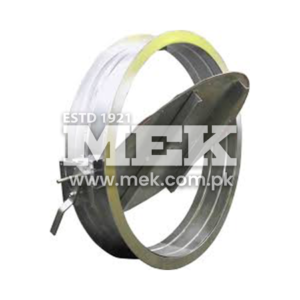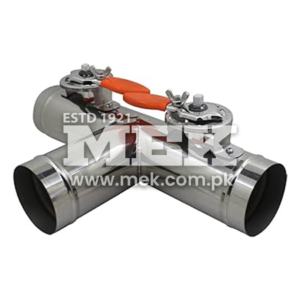Product Details
Essential Protectors for Building Safety
Ensure the safety of your building’s occupants with fire and smoke dampers. Understand their types, functions, regulations, and installation for optimal fire protection.
Description
Fire and Smoke Dampers:
Introduction for fire and smoke Dampers
In the unfortunate event of a fire, every second counts. Fire and smoke dampers are critical in mitigating the spread of flames, smoke, and toxic fumes, safeguarding building occupants and facilitating safe egress. This comprehensive guide delves into the world of fire and smoke dampers, empowering you to make informed decisions for your building’s safety.
Types of Fire and Smoke Dampers
Automatic Fire Dampers: These life-saving devices close automatically in response to heat, typically triggered by fusible links that melt at predetermined temperatures. They are:
Ultralow-Leakage (ULL) Fire Dampers: Engineered for the strictest smoke and airflow control requirements.
Single-Acting Fire Dampers: Rely on a spring mechanism to close upon heat detection.
Double-Acting Fire Dampers: Utilize an external signal (e.g., fire alarm) to close, ensuring closure even in case of spring failure.
Smoke Dampers: Designed to restrict the passage of smoke, often employed in air handling systems to prevent smoke from infiltrating conditioned spaces. They are:
Combination Fire/Smoke Dampers: Function as both fire and smoke dampers, offering a single solution.
Functions of Fire and Smoke Dampers
Fire Containment: Fire dampers create barriers within ductwork, hindering the flames’ progression and compartmentalizing the fire.
Smoke Control: Smoke dampers impede the passage of smoke through ventilation systems, preventing its circulation to other areas and aiding safe evacuation.
Temperature Control: Fire dampers can help maintain lower temperatures in unaffected zones, mitigating fire damage and creating safer escape routes.
Regulations and Standards
Installation Considerations
For optimal performance, fire and smoke dampers must be meticulously installed:
Location: Strategic placement within ductwork systems is crucial, typically at fire walls, floor penetrations, and other critical junctures.
Accessibility: Dampers should be readily accessible for inspection, testing, and maintenance.
Clearance: Maintain proper clearance around dampers to prevent obstructions that could impede their closure.
Installation Practices: Adhere to manufacturer’s instructions and relevant building codes for proper installation.
Fire and smoke dampers are indispensable components of a building’s fire safety strategy. By understanding their types, functions, regulations, and installation considerations, you can empower yourself and your building occupants to be better prepared for fire emergencies. Remember, regular inspection, testing, and maintenance of these crucial devices are essential for their continued effectiveness.
Fire and Smoke Damper Specifications, Features & Details: Function:
Installed within ventilation ducts to automatically close in response to fire or smoke detection.
Creates a fire barrier, preventing flames, smoke, and heat from spreading through the ductwork to other parts of the building.
Specifications:
Size: Determined by duct dimensions (width & height). Standard sizes range from 4″ x 4″ to 48″ x 48″.
Fire Rating: Indicates the duration (in hours) the damper can withstand fire exposure while maintaining integrity. Common ratings are 1-hour, 1.5-hour, and 2-hour.
Activation Mechanism:
Heat-activated: Fusible link melts at a specific temperature, triggering the damper to close.
Smoke-activated: Smoke detector linked to the damper initiates closure.
Electrical activation: Connected to the fire alarm system for centralized control.
Material: Typically steel for strength and fire resistance.
Features:
Self-closing: Designed to close automatically upon activation, ensuring a reliable barrier.
Fail-safe: Maintains closed position even if power is lost.
Airtight seal: Prevents smoke and hot gases from leaking through the closed damper.
Inspection access: Allows for periodic testing and maintenance.
Variety of mounting options: Flange, sleeve, or curb for compatibility with different duct systems.
Additional Details:
Testing and Certification: Must comply with relevant building codes and standards, often tested by Underwriters Laboratories (UL) or other accredited bodies.
Maintenance: Regular inspection and testing are crucial to ensure functionality. Frequency depends on local codes and manufacturer recommendations.
Location: Installed in fire walls, smoke barriers, and throughout ductwork as per building codes.
Important Notes:
Fire and smoke dampers are a critical component of a building’s fire safety system.
Choosing the right damper specifications depends on the specific application and building code requirements.
Always consult with a qualified engineer or HVAC professional for proper selection and installation.

